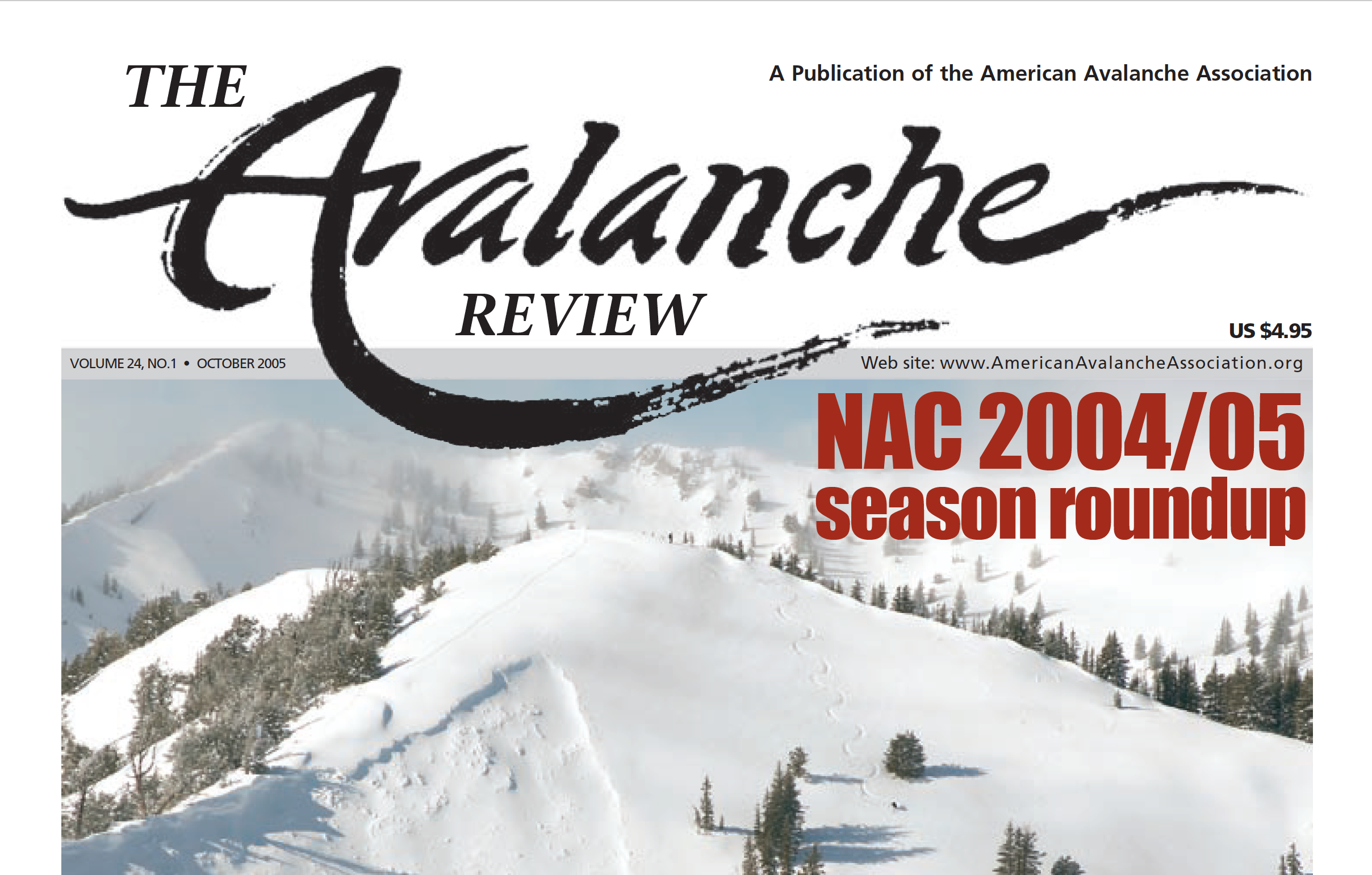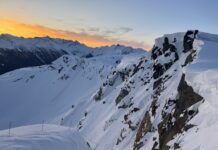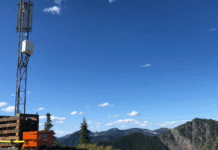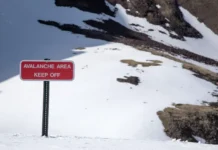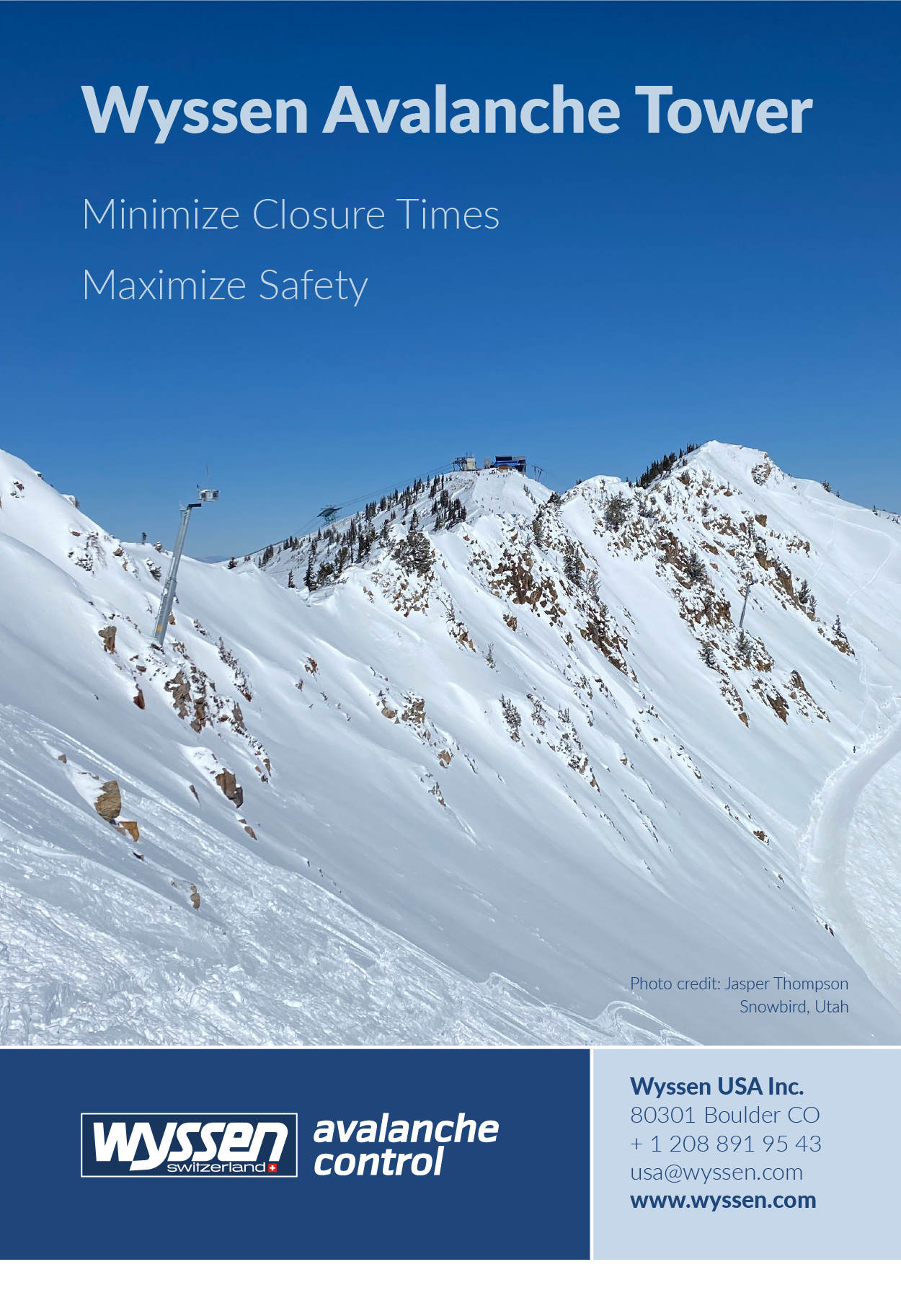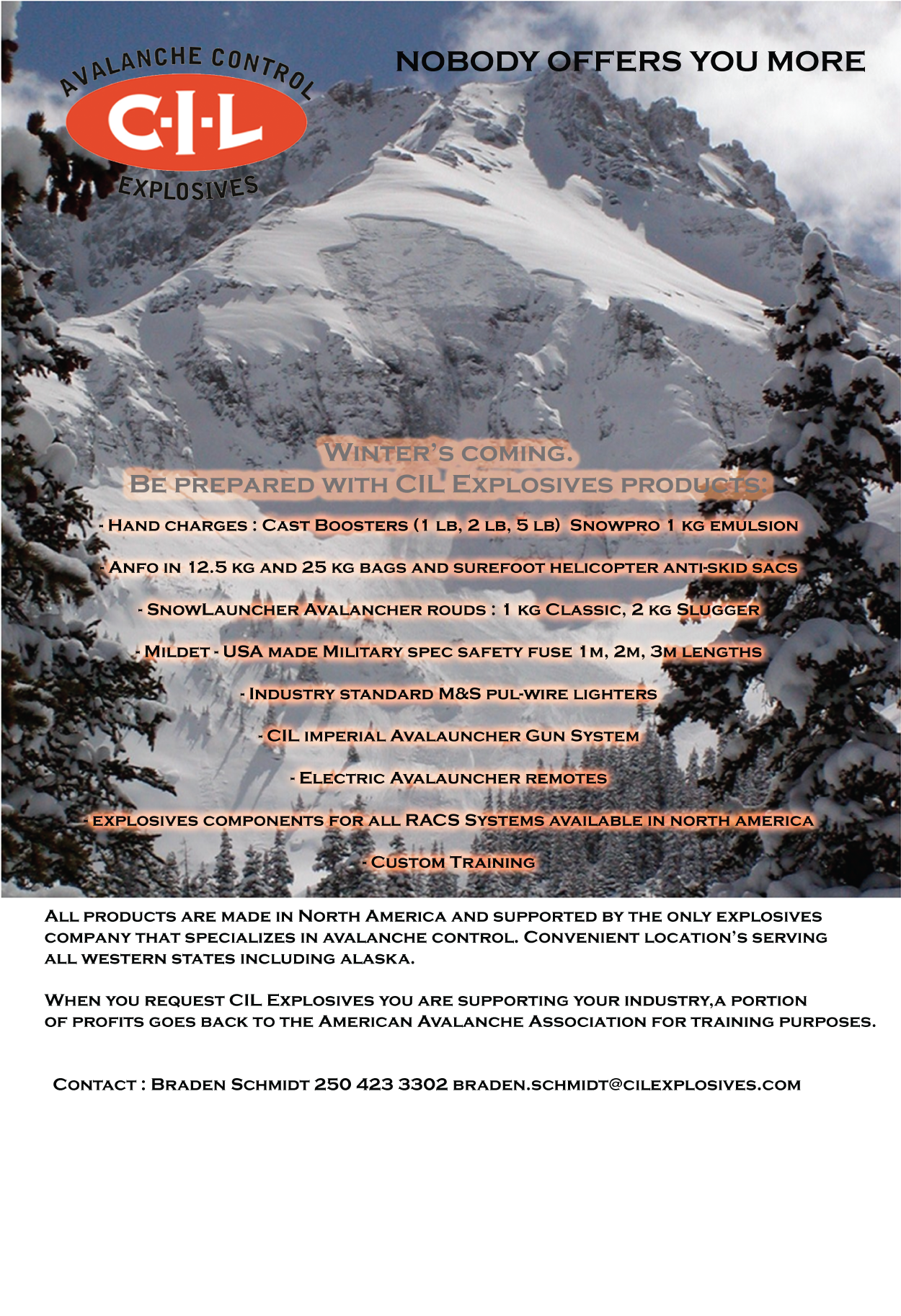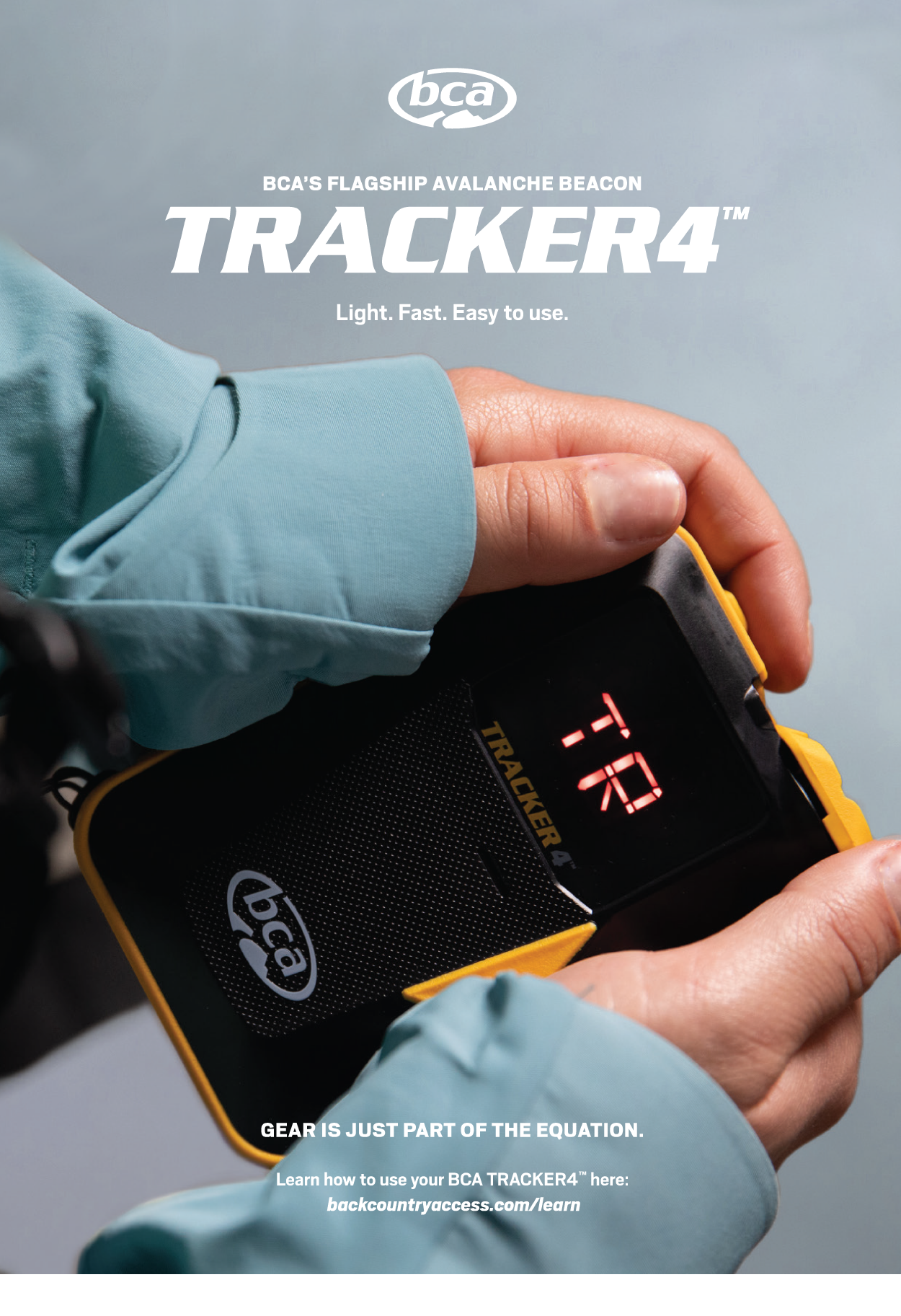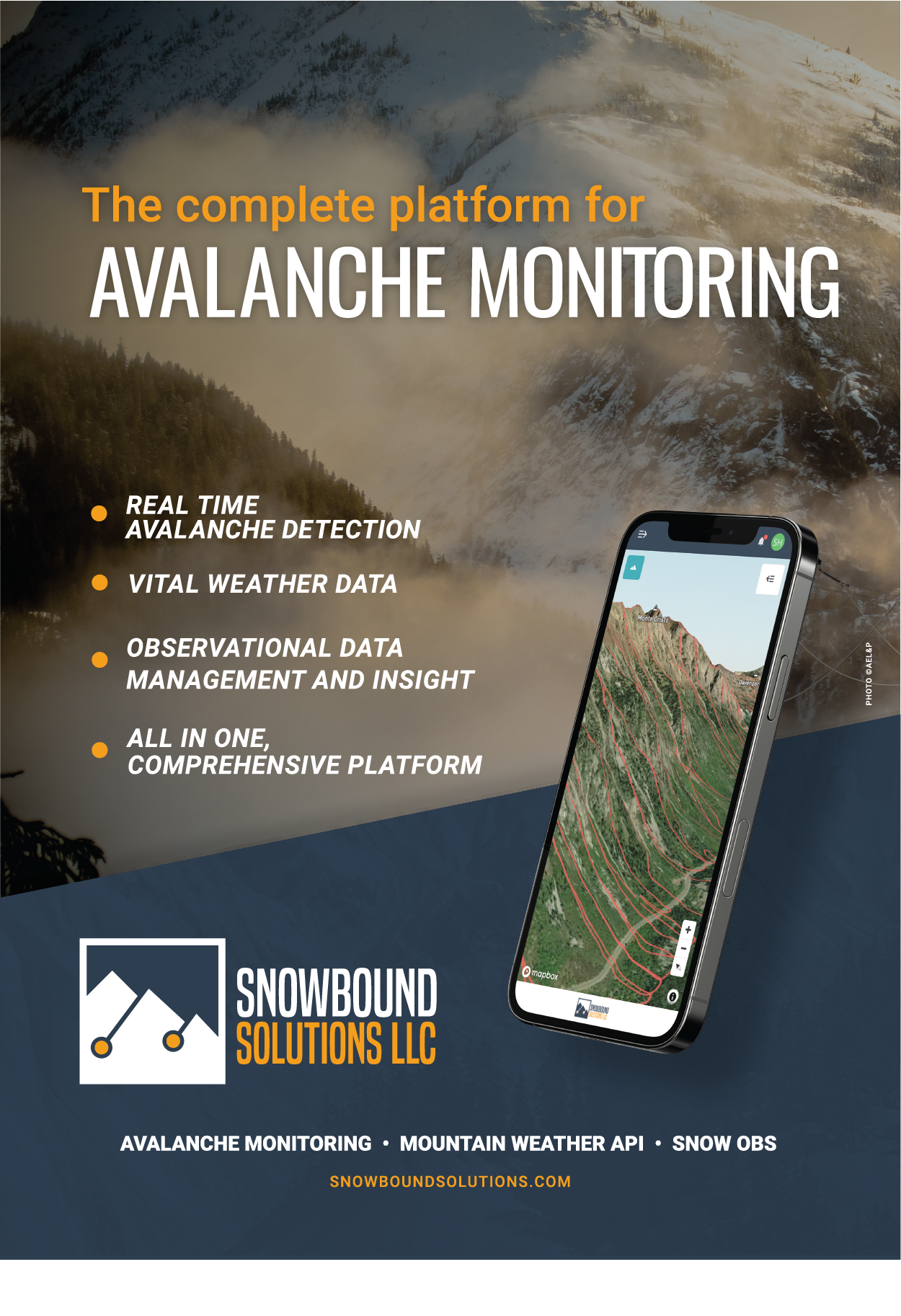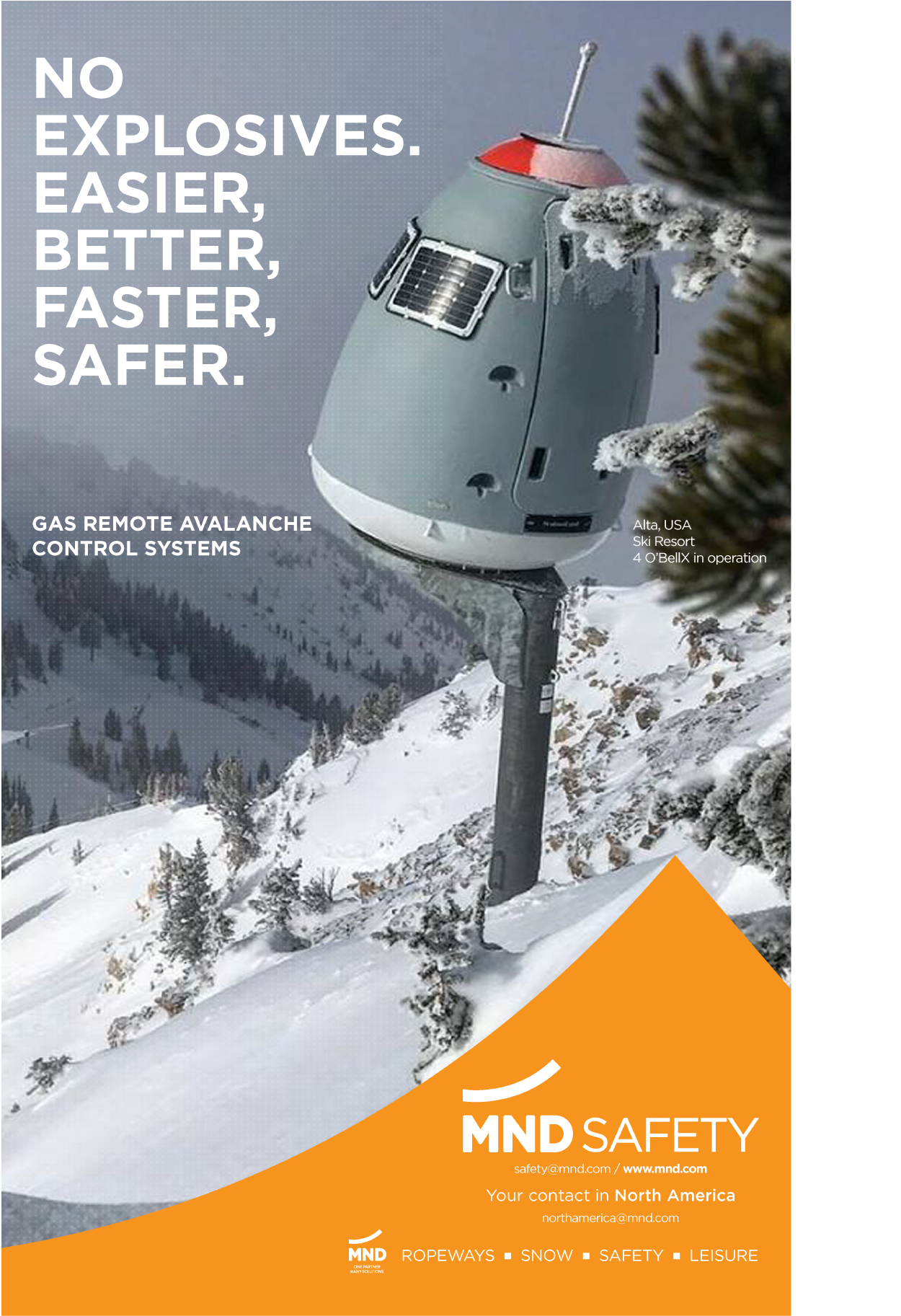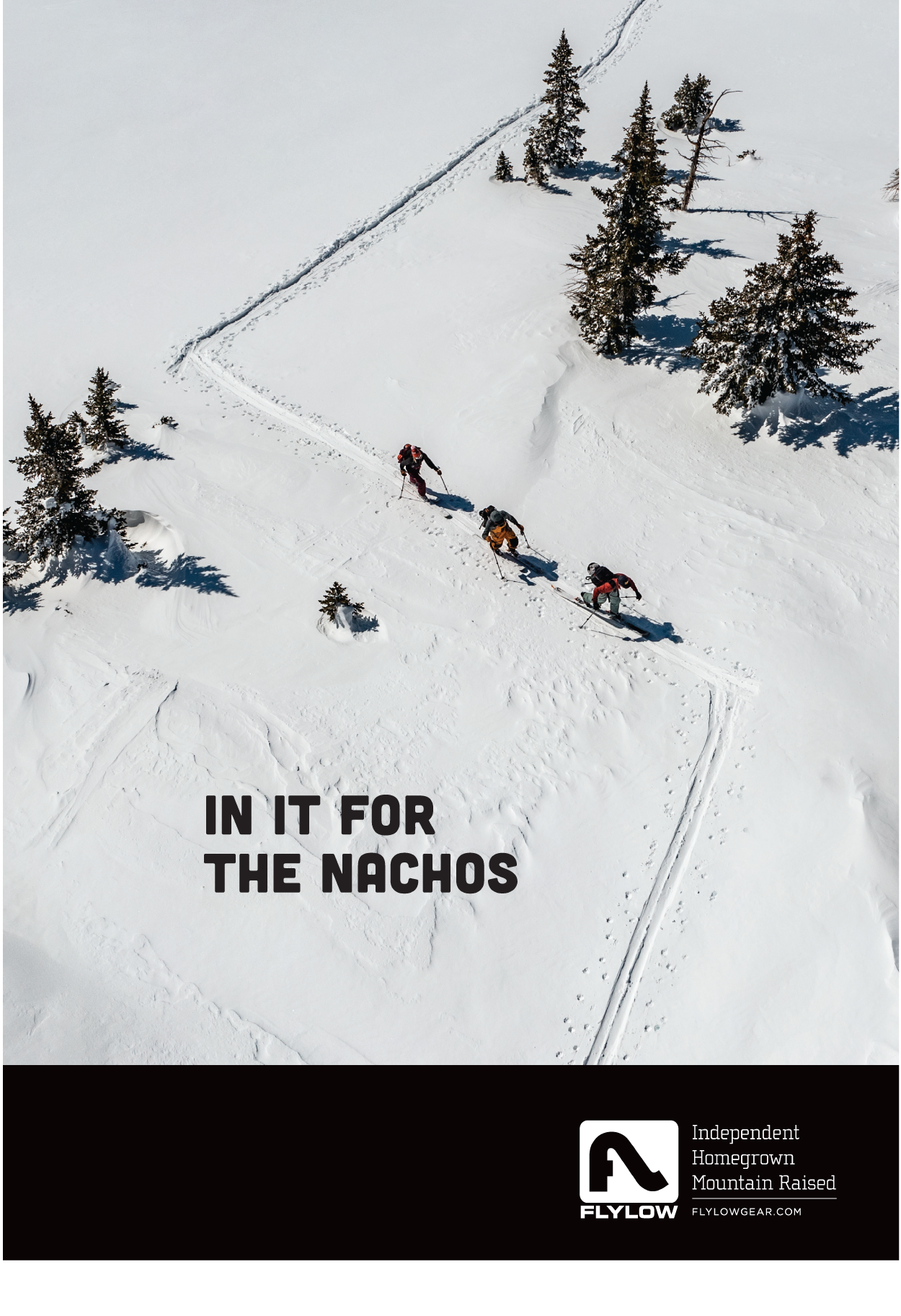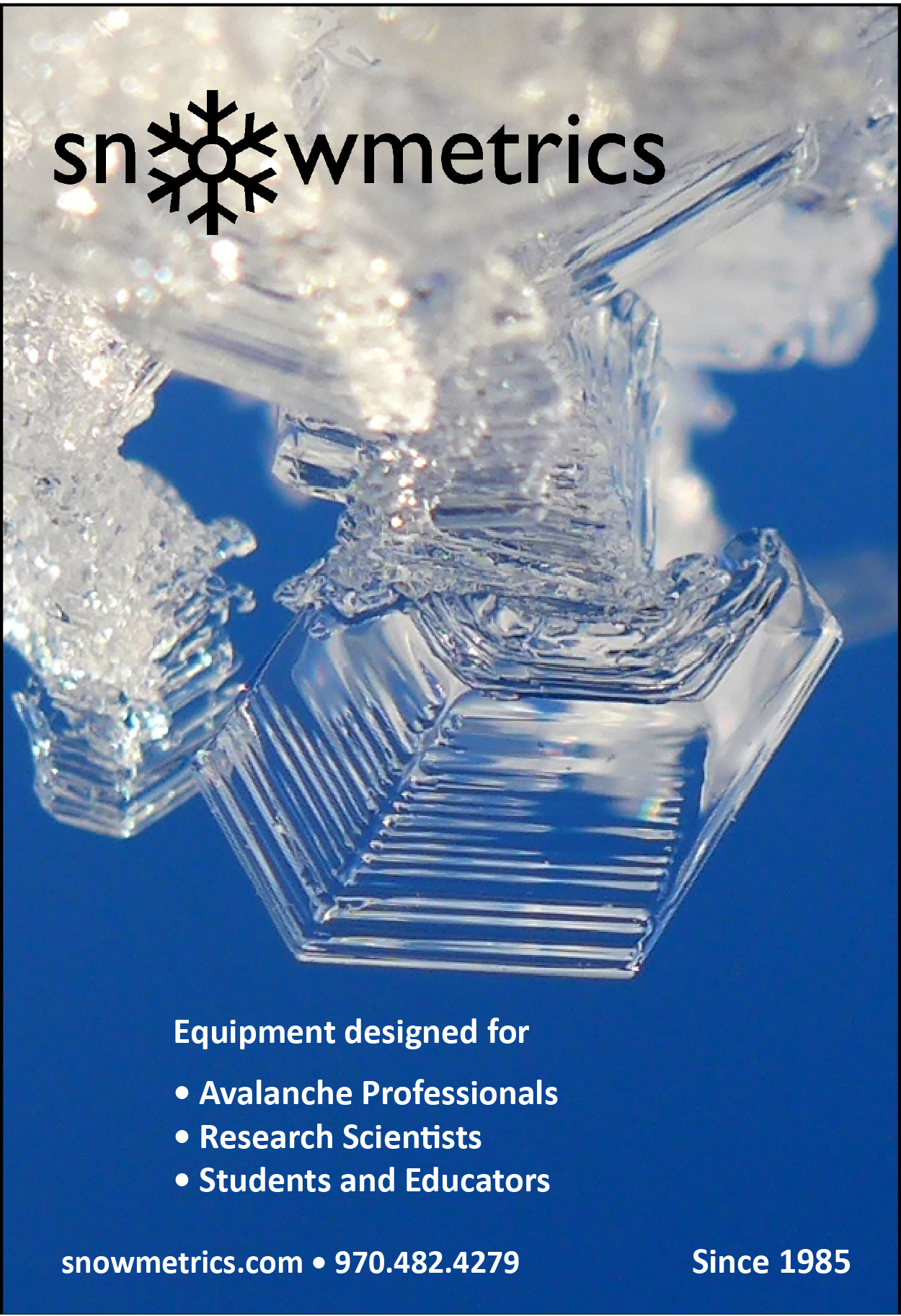Back at ISSW 2004 in Jackson, Blase Reardon and I meandered around the posters hall, picking out a number of interesting topics that revolved around decision-making and human factors. With them we presented our first themed issue in TAR 23.3, and in our editorial we invited commentary on the topics. Much to our astonishment and gratitude, in March 2005 we received an email from Ed LaChapelle as response to this call for commentary. Here’s his text:
Dear Blase,
I am finally back in McCarthy, finally caught up with your February issue, got inspired to join the decisions discussion and finally got an article ready after hand-to-hand combat with my computer for eating some files, and, finally, survived a breakdown of phone service by our local mickeymouse phone company. So here is some entertainment for you, perhaps too late for this season, but fit it in where you can.
Attached to the email was the seminal essay The Ascending Spiral, which we printed initially in TAR 24.1, then again in TAR 25.4 after Ed passed away, then reproduced here. I re-read this essay every year and its messages change and linger.
Enjoy,
Lynne Wolfe
editor, The Avalanche Review
The Ascending Spiral
By Ed LaChappelle
Decisions, decisions…the February issue of TAR spoke from several informative points of view and the editor invited a dialog. Here is one contribution to the perpetual questions of how to evaluate avalanche hazards, consider human factors, and communicate (or execute) decisions.
Here is what I mean by the title. Rather than seeing our mastery of snow and avalanche science and decision-making as linear progression, I see it as the same issues and ideas coming around again and again, but each time at a more sophisticated and technically advanced level—hence the ascending spiral.
I take as my theme the wisdom that Whymper (1871) handed to us many years ago. He spoke of mountaineering in general, but his words are just as cogent today in this decision context: “Climb if you will but remember that courage and strength are naught without prudence, and that a momentary negligence may destroy the happiness of a lifetime. Do nothing in haste, look well to each step; and from the beginning think what might be the end.”
DO NOTHING IN HASTE. This speaks loud and clear to the pressures of time, planning, and economics, plus the perpetual urge to action that drives so much of our modern life. Here is where the human factor in avalanche-related decisions comes to the fore.
And this brings us to Elbert’s Rule. When I first worked at Alta in the 1950s, the daily mail was brought up the Little Cottonwood Canyon road by Elbert Despain, who had been doing this for many years and was still carrying the mail at age 90, when he achieved the distinction of being the oldest mail carrier in the United States.
As we all know, that canyon is beset by a horrendous series of avalanches. I once asked Elbert how he managed to miss getting caught in an avalanche in all that time. His answer was the epitome of common sense, “After a heavy fall of new snow, wait two days.” Note that even the United States Mail, famed for a high determination to deliver, could at least in those times wait two days.
Elbert was mostly dealing with natural releases where his rule is hard to beat. Artificial releases, intended or accidental, can stretch out the safety wait depending on snow conditions, but the concept of giving the landscape a chance to stabilize and “do nothing in haste” points to the fundamental problem of including the human factor in decisions. The idea of waiting two days, or almost any kind of wait, just doesn’t fit today’s activities in avalanche terrain. Is there a heli-ski manager who can get away with asking his guests to wait two days before skiing 50 cm of new powder? No way! A ski area operator who will close half his runs in similar circumstances, or a highway foreman who will garage his plows until the snow sets up? Only in dreamland!
The basic human problem with decisions in avalanche terrain is not so much personal attitudes, group interactions or risk management. It is the expectation that human activities can be scheduled by artificial constructs like calendar and clock in a natural world that moves at its own independent pace. A weekend ski tour is not going to be put off until Monday because a snow dump on Friday created avalanche hazard, so we might as well adapt to this behavior. But at least recognize the root of the problem in training for decision-making. That tour might still take place on a hazardous weekend, but with a revised destination.
LOOK WELL TO EACH STEP, covers many individual actions or observations on the way to acquiring bases for decisions. Here I will look at a couple in detail.
First, there is the eternal business of digging snow pits…how many, how often, where, and in what detail (the ascending spiral is spinning fast here). McCammon and Sharaf (2005) cite Peter Schaerer’s sensible admonition to be quick—an approach to snow pits I can readily endorse.
Let’s look closer at this whole pit-digging business, one that sometimes can become the tail that wags the very large dog of avalanche data collection. Snow-pit digging is a necessary but far from sufficient action to understand snow stability. If it is only part of the picture, why does it so often come so much to the fore? I suggest this is because we can observe and record a select body of detail—like crystal type and size, hardness, density, layer thickness, etc. And why do we record these particular features? Because they are readily rendered into numerical values and logged in notebooks, an act that may convey comfort in having acquired “objective” data but not always be what we need to know.
For example, rate of change of viscosity in a snow layer might be more informative, but this is a tough one in a cold laboratory and impossible in the field. So we are often led down the easy primrose path of the possible. Let me put forth the heretical notion that we do not need more data from a given snow pit, but less. The act itself of digging with a shovel is the culmination of the Schaerer Quick Pit concept. By the time I have finished digging a snow pit, I usually know about 90% of what I am going to find from it about snow stability. Logging pit details is a good educational tool and expands knowledge about a wide range of snow properties, but should not be confused with the backbone of avalanche forecasting.
In the larger picture of snow stability, snow pits provide a quick but static snapshot of conditions at a given time and place. From the external perspective of a passing observer, snow on a mountainside is just sitting there, apparently dormant. The snow cover, however, is neither static nor dormant, but a positively seething mass of activity. Snow is constantly gliding, creeping, and settling. Layer by layer, the physical properties are constantly changing as crystals metamorphose. Waves of changing temperature sweep through the snow cover while radiation works at the surface. Snowfall and wind drifting change the amount and distribution of loading with each passing storm.
Understanding the complex behavior of snow is a problem in rheology, the science of deformation and flow of matter. In this case, the problem is further compounded by the matter in question being a granular visco-elastic solid close to its melting point. You can’t make it much more complicated than that.
The observational role of the snow pit in all this compared with a broader and more lengthy data collection is clarified by a concept in rheology put forth by Meiner (1964): the Deborah Number. Meiner pointed out the significance of the Prophetess Deborah singing, “…the mountains flowed before the Lord.” In the limited time frame of human perception, the mountains are static and eternal, but for the Lord, whose time frame is infinite, they flow. Meiner defined the non-dimensional Deborah Number as follows:
D = time of relaxation/time of observation
A high Deborah Number means the subject in question appears to an observer to be a static and unchanging solid. The brief observation from a snow pit implies a high-D snow cover and hence a static view of what actually is an active (“flowing”) snow cover. To gain insights into the dynamic character of the latter, observations extended in time are needed to lower the value of D. In other words, stability evaluation has to be an on-going process, the longer the better. Ideally, the estimate of snow-stability evaluation on a given avalanche path begins with the first snowfall of winter. More about this in a moment.
A second relevant action, consulting some sort of checklist, appears when George (2005) describes the NivoTest. This is where the ascending spiral really starts to spin. Checklists have been around for a long time and in various formats; the NivoTest stands out as possibly the most sophisticated one to date. Looking into history, the earliest checklist I can find is G. Bilgeri’s Six Points (three for terrain, three for snow conditions) in use by the 1930s, described by Seligman (1936). Later, as an example, we have Atwater’s Ten Contributory Factors (1952), initially with equal weight but later informally modified by various weighting schemes.
I like the NivoTest because it nicely condenses terrain, snow features, current avalanche activity and human factors. However, it is disquieting to see it illustrated in TAR by a photo of a guide consulting it in the field in the middle of what appears to be avalanche terrain. This brings the checklist concept into play far, far, too late. If you wait until standing on the edge of an avalanche path before considering snow stability and risks, very poor decisions can ensue. Again, evaluating snow conditions is an ongoing process, not a single event (reduce the Deborah Number!). The NivoTest, or any similar scheme, needs to be constantly in play days prior to any avalanche exposure, when evolving weather conditions contribute to the checks. Early entries to the NivoTest may be hazy as to detail, but even then a picture will start to evolve than can be constantly updated until the final moment of decision in avalanche terrain.
Seligman (op. cit.) nearly seventy years ago placed strong emphasis on anticipating snow conditions from weather patterns long before going into the field. More recently I have made the same point (LaChapelle, 1980). Of course, the weakness of any checklist system is the risk of rigidity and thus locking out unusual thinking demanded by unusual conditions. Whether a NivoTest or any other scheme, check lists have to be reminders and not substitutes for constantly paying attention to a wide spectrum of clues about snow behavior. I view George’s mention of mandate to use checklists like the NivoTest with much alarm. Plaintiff’s lawyers can have a field day with mandates.
Among the various TAR articles about decisions, only Stewart-Patterson mentioned luck, where he named it one of the three main factors in decision-making, though only in passing. This topic needs wider recognition. Let’s face it, most of us in the avalanche game have been saved many times over by luck. George (op. cit.) mentions that even experts say they are right only 50% of the time. Now we know that experts don’t get caught in avalanches 50% of the time, so the obvious conclusion must be that luck along with undocumented skills is right in there as a major player.
This is not surprising when we consider that most places and most times the alpine snow cover is stable in the face of normal triggering forces. The whole business of evaluating snow stability and making decisions hinges on recognizing those fewer times when it is not. Thus the odds more often favor a mistake on the safe side than one that raises risk. Of course, by random chance, bad luck as well as good can follow even the most skilled and careful decisions.
FROM THE BEGINNING, THINK WHAT MIGHT BE THE END—This really gets to the heart of the matter, emphasizing the idea of stability evaluation as an ongoing and continuous process. Whymper spoke to anticipating risks in mountaineering; his words speak with equal force to anticipating risks in avalanche terrain.
Here is where the experts get sorted out from the beginners. My idea of an expert is a person who constantly follows evolution of the snow cover and repeatedly thinks ahead to “what might be the end” for one risk situation after another. The end might be an avalanche fall and, even more important, might be consequence of an avalanche fall.
I learned this many years ago from Andre Roch (personal communication) who pointed out that two questions are involved. First: will an avalanche occur, and second: if it does occur, what will be the resulting risk?
For example, a small avalanche poses less risk to a skier if it has a gentle outrun onto safe ground than it does if it carries a victim over a cliff or into a crevasse.
The whole business of expertise is examined by Conger (2005), who allots analytical skills in decision-making to persons ranging from novice to proficient, but reserves the role of intuition for experts. He is onto something here, raising the whole question of just what constitutes intuition.
Perhaps this is a case of not being able to define intuition but being able to recognize it when we see or exercise it. Certainly we can all recognize the “seat-of- the-pants” factor in evaluating snow stability, but just what do we mean?
Here I will make a stab at answering this question and defining intuition in this context. To begin, consider what intuition is not. It is not some magical quality bestowed on mature people of wide experience along with gray hair and slowing reflexes. It is not some sort of extrasensory perception—quite the contrary. Intuition is the lifetime accumulation of precisely those sensory perceptions of snow, weather, and avalanche behavior that have accumulated, often in the subconscious, that cannot readily be quantified, logged in a notebook, or clearly explained. Such perceptions, nevertheless, are based on the physical behavior of the real world, not on vague mental constructs.
An example is the meteorological perception of a mountain-snowstorm evolution based on subtle changes in the spectral distribution of light filtering through clouds as the sun descends in the sky and cloud layers come and go in shifting fashion. No doubt a wide spectrum recording light sensor could construct graphic records of these changes and eventually build a quantitative document. But the expert integrates all this under the guise of intuition and recognizes the likely next storm trend.
Here is another example from my own experience. I once was involved in a field training program for heli-ski guides. The exercise was preceded by a very light fall of fluffy snow, followed by a substantial fall of mixed-snow types and mid-range densities. This combination produced widespread instability with the fluff acting as lubricating layer. Two days of field training produced ski releases everywhere, excellent for demonstrating how, and how not, to test ski an avalanche path.
On the third day the first helicopter flight took several of us to a ridge top. One of the experienced guides skied 100 yards down the ridge and stopped. I followed close behind and joined him. He turned and said, “There is no tension in the snow today.” I replied, “I agree.” That day-long exercise never started another ski release no matter how hard we tried. So here were a couple of presumed experts putting their intuition accurately to work.
What did we actually sense about the snow? We can throw around words like kinesthetic perception and psychorheology, but what we actually had was many years of experience with the way our skis and legs reacted to snow structure, accumulating this experience somewhere in our heads. Did we actually experience “tension” as physics would define it? Probably not; this is another convenient word to toss around, but we both knew what we meant.
How many TAR readers know what we meant? As the spiral ascends and scientific and technical knowledge about snow continues to grow, are we coming closer to improved training and safety practices for avalanche risk management? Or are we locked into Wilde’s (1994) risk homeostasis trap? The dialog needs to continue.
References
Atwater, M. & F. Koziol, 1952. Avalanche Handbook, U.S. Department of Agriculture, Forest Service, 146 pp.
Conger, S., 2005. Learning to Decide: On Becoming an Expert, TAR, Vol. 23, No. 3
George, D., 2005. Natural Born Risk Takers, TAR, Vol. 23, No. 3
LaChapelle, E., 1980. Fundamental Processes in Conventional Avalanche Forecasting, J. of Glac., Vol. 26, No. 94
McCammon, I. & D. Sharaf, 2005. Integrating Strength, Energy and Structure into Stability Decisions, TAR, Vol. 23, No. 3
Meiner, R., 1964. From an after-dinner talk presented at the International Congress on Rheology, Providence, R.I., In: Physics Today, January, 1964
Seligman, G., 1936. Snow Structure and Ski Fields, Macmillan, London, 555 pp.
Stewart-Patterson, I., 2005. Developing Good Decisions, TAR, Vol. 23, No. 3
Whymper, E., 1871. Scrambles Amongst the Alps in the Years 1860-69, John Murray, London, 432 pp.
Wilde, G., 1994. Target Risk, PDE Publications, Toronto, 243 pp.

